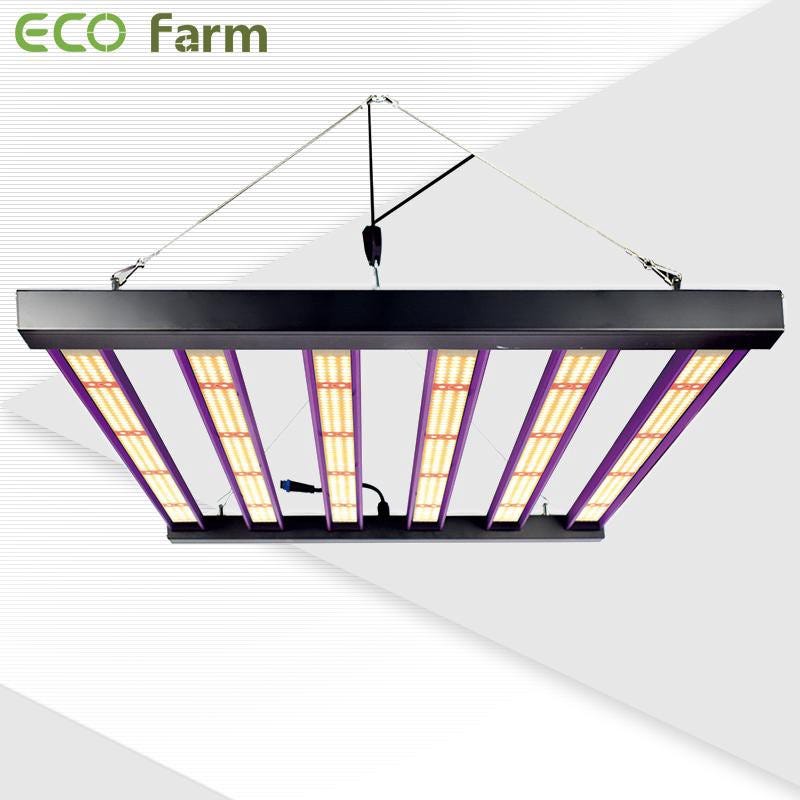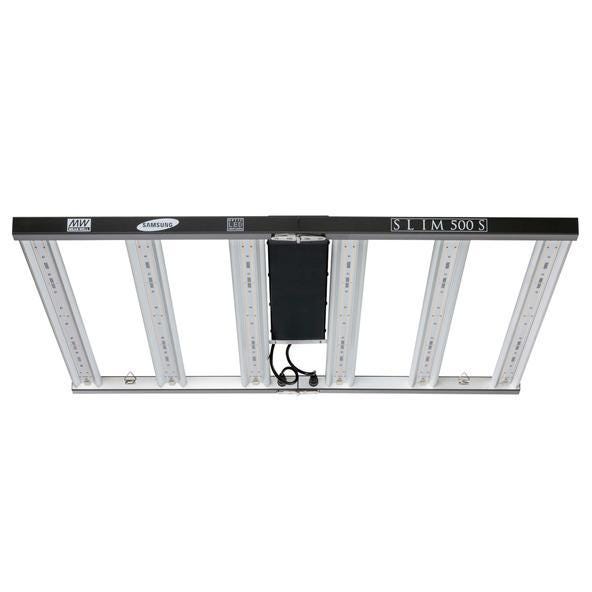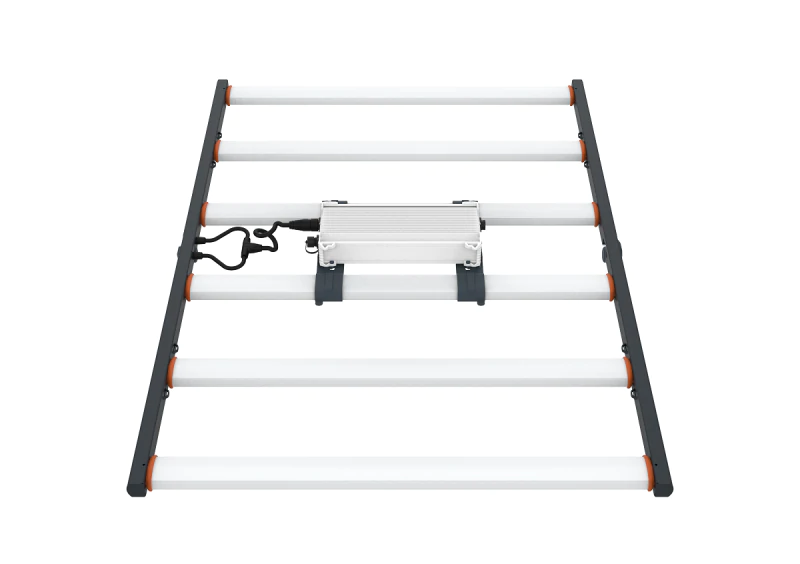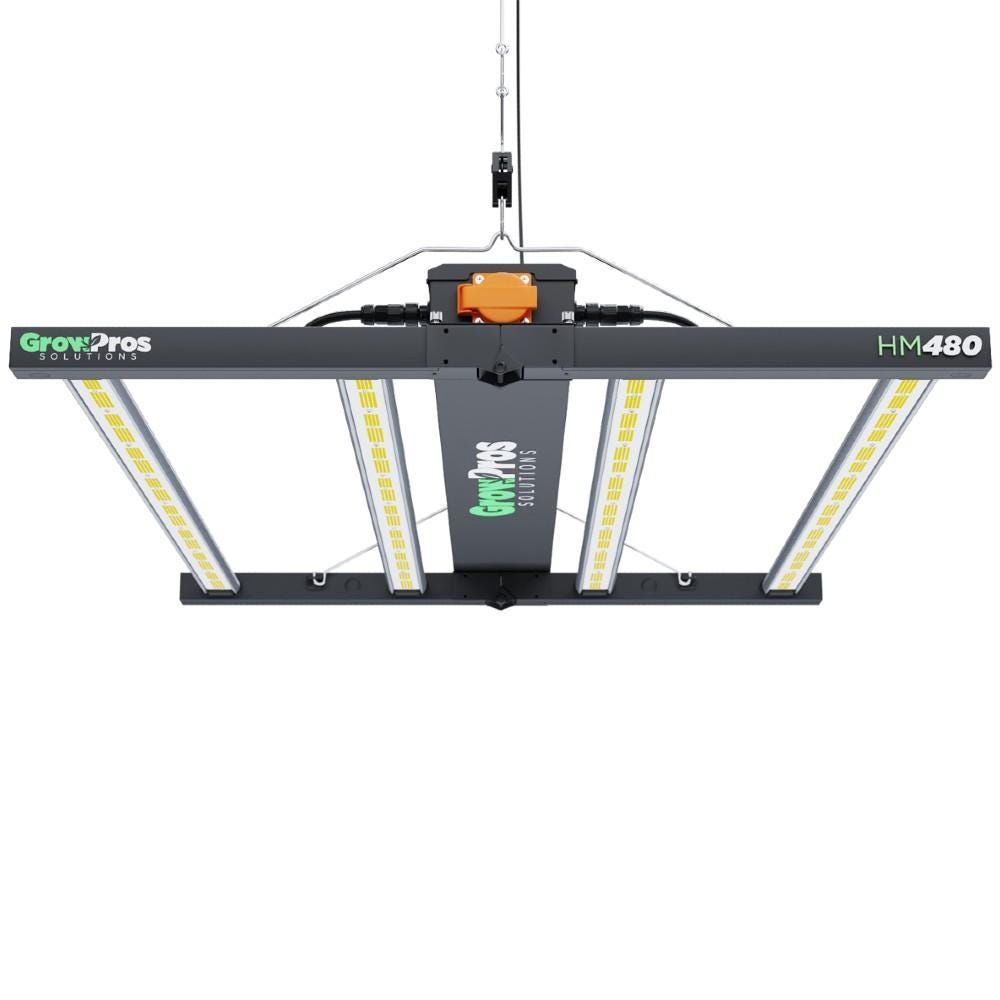- Home
-
SHOP ECO FARM
- ECO Farm Grow Lights
- ECO Farm LED Grow Lights
- ECO Farm Quantum Board
- ECO Farm Samsung LED Grow Lights
- ECO Farm COB Grow Lights
- ECO Farm Commercial Lights
- ECO Farm Supplemental Grow Light
- ECO Farm Fluorescent grow lights
- ECO Farm HPS & MH Grow Lights
- ECO Farm CMH Grow Lights
- ECO Farm HID/CMH Bulbs & Ballasts
- ECO Farm Grow Tents & Kits
- ECO Farm 2x2ft Grow Kits
- ECO Farm 3x3ft Grow Kits
- ECO Farm 3.3x3.3ft Grow Kits
- ECO Farm 4x4ft Grow Kits
- ECO Farm 5x5ft Grow Kits
- ECO Farm Grow Tent - Standard Style
- ECO Farm Grow Tent - Extension & Roof & Lodge Style
- ECO Farm Extraction & Harvest
- ECO Farm Rosin Press Machine
- ECO Farm Dry & Wet Trimmers
- ECO Farm Oil Accessories
- ECO Farm Medicinal Plants Grinder
- ECO Farm Medicinal Plants Containers
- ECO Farm Medicinal Plants Dryer
- ECO Farm Refrigeration Dryer
- ECO Farm Climate Control & Other Accessories
- ECO Farm Inline Duct Fans
- ECO Farm Oscillating Fans
- ECO Farm Exhaust Fans
- ECO Farm Air Filter
- ECO Farm Duct Muffler
- ECO Farm Ventilation Kits
- ECO Farm Plant Humidifiers
- ECO Farm Plant Dehumidifiers
- ECO Farm Hydroponic Accessories
- ECO Farm Other Accessories
- ECO Farm Hydroponics Microscopes
-
TOP BRANDS
- Grow Lights Brands
- Adjust-A-Wing
- Apollo Horticulture
- Bestva
- Black Dog LED
- California Lightworks
- ChilLED Grow Light
- Eco Farm
- HLG - Horticulture Lighting Group
- Kingled
- Kind LED
- Mars Hydro
- Morsen
- Neilo
- NextLight
- Phlizon
- PlatinumLed
- Roleadro
- Optic LED Grow Lights
- ViparSpectra
- Vivosun
- EYE Hortilux
- IPOWER
- NanoLux
- Phantom grow light
- Gavita grow lights
- Grower's Choice
- Lumatek
- Maxibright
- Yearld Pro
- ThinkGrow
- Crecer Lighting
- Green Sunshine Electric Sky
- fohse aries
- loriflux
- luxx
- fluence
- iluminar
- Lex
- LTC
- Rayonled
- FGI
- PHOTONTEK
- Grow Tents & Kits Brands
- Apollo Horticulture
- Black Box
- CoolGrows
- Eco Farm
- GrowLab
- Gorilla Grow Tents
- Mars Hydro
- Quictent
- Secret Jardin
- Unit Farm
- TopoGrow
- VIVOSUN
- Topolite
-
COMPANY INFO
-
COOPERATE WITH US
- Blog
Best 480W LED Grow Lights for Seedlings in 2023
March 20, 2023
Grow lights are a way of providing artificial electric light to stimulate the growth of indoor plants. They are useful in low sun areas and during the months when only a few hours of sunlight are available each day. Grow lights are also a great way to get seedlings started under optimal light conditions. Proper use of full-spectrum LED grow lights can stimulate plants to flower.
The effect of LED plant lights on seedlings
There are actually only two main components of LED grow lights that affect the growth of seedlings, lumens and color spectrum. Watts only affect the cost of electrical energy. The following is a general summary of the three components of impact on seedlings:
Lumens: The number of lumens corresponds to the amount of growable energy that plants can absorb. It is proportional to the distance between the lamp and the plant
Watts: This is only related to the electricity used by the lights, not the plant growth
Color spectrum: The main “colors” that affect plant growth in grow lights are blue (cool), red (warm), and full spectrum.
The blue part of the spectrum affects “vegetative” growth and is the most important color if you are just growing seedlings that will later be placed outside to bloom. In Fluorescent Bulbs, These Bulbs Say “Cool”
The red part of the spectrum is associated with “flowering” growth, which is important if you’re growing plants indoors that you want to promote flowering.
ECO Farm DBL5000 Full Spectrum LED Grow Light 480W

Features:
With 1296 pcs SAMSUNG LM281B diodes, ECO Farm Led grow lights draw 480 watts achieving an impressive PPE of 2.5 umol/J, coverage for 4'x4′ of high-yielding full-cycle growth. with a smaller footprint for better crop quality, more cost-effective. 4x4ft for personal grow, 3x3ft for commercial grow. Built-in removable bars interval & disability enable the exact dynamic PPFD control over each of plant growing stages. Easy dimming & daisy chain max up to 15 lights, IP65 Waterproof, master light easily controlled, making it a high-performance commercial grow light for enormous yields. Also perfectly suit full-cycle hydroponic, soil, grow tent/room growing.
Slim 500S Dimmable LED Grow Lights 3500k

Features:
The Slim 500S Dimmable LED Grow Light is a top of the line LED Fixture that is sure to amaze. This all aluminum fixture is lightweight, sleek, and built to provide maximum passive cooling capabilities for the Optic Double Row LED Strips. It is powered by a “Best in Class” Meanwell Dimmable Driver, giving you many years of reliability and top of the line efficiency. Samsung’s horticulture specific LM301H white LEDs are in the class of “Most Efficient” from Samsung and they go through a special lens treatment to stand up to high humidity environments.
Fluence SPYDR 2i 33" LED Grow Light

Features:
The Fluence LED grow light is designed for multi-layer cultivation — from vegetable to flowering — with a PPF of up to 1,250 µmol/s for the 2i 33". SPYDR 2i is a high performance toplighting solution for commercial horticultural cultivation. Designed for growers Pushing the limits with high PPFD cultivation practices. Not suitable for growing without supplemental CO2. With an upgraded form factor, the SPYDR 2 series is a plug-and-play solution that works out of the box for faster installation. All SPYDR models can be dimmed with our light intensity dimmers for precise control of PPFD , and provides flexibility to instantly adapt to new crop requirements with different light.
GrowPros HM480 LED Grow Light

Features:
This GrowPros grow light, with an increased lifespan over traditional grow light sources, cultivates healthier, happier plants. The HM480 Series produces 1.8 gram per watts (dried) of crop yield. A high-PPFD and PAR indicates high efficacy, or light output produced per expenditure of unit of power. Generating about 50% more in energy savings over traditional HID and HPS light sources, the HM480 gives you meaningful savings over time. Will not produce the same results without CO2 supplementation. A full-spectrum LED rack lighting solution designed for commercial indoor and greenhouse applications, enabling control over the plant cycle from the vegetative stage to the flowering stage.
What LED grow lights do professional growers use?
The first step in choosing the best LED grow lights for your needs is deciding what kind of plants you want to grow.
Remember, the main purpose of grow lights is to provide the light that plants need to photosynthesize and produce energy. If you’ve already chosen plants, do some research.
Another thing to consider when looking for the best LED grow lights is what surface area coverage you need. If you plan to grow things in your home, then you probably need enough space. When picking the best grow lights, the wattage rating of the LED and the surface area it can cover are critical.
Keep in mind that when checking surface area, you’ll want to make sure that lots of light won’t create too much heat in your growing area. Protect yourself from any excess heat that may increase the risk of fire.
Selecting top-of-the-line LED grow lights is not a one-size-fits-all process. Other points to consider include:
Durability
LED Grow Lights are cutting edge solutions for growing indoor plants — especially bio-greenhouse products. When you are shopping for these grow lights, you need to consider their durability. Construction needs to be high quality.
PAR
The term PAR, or Photosynthetically Active Radiation, often comes up when you’re selecting LED lights for your grow room. This is an alternative sunlight solution that plants can use indoors. You need to make sure that the grow lights distribute the PAR evenly among the plants. That’s why it’s crucial to look carefully at the surface area.
Cooling System
LED grow lights can often overheat if you’re not careful. When shopping for grow lights, make sure you have a cooling system to protect your home. Most LED grow lights come with cooling fans and built-in systems, although these can be a bit noisy at times. Also check for a suitable heat sink.
Conclusion
All plants outside depend on nature. When deciding to grow indoors, providing all the elements your plants get from nature is a challenge you’re willing to accept.
Among various factors, providing artificial light and expecting similar or better yields is very critical to the correct choice of plant light.
